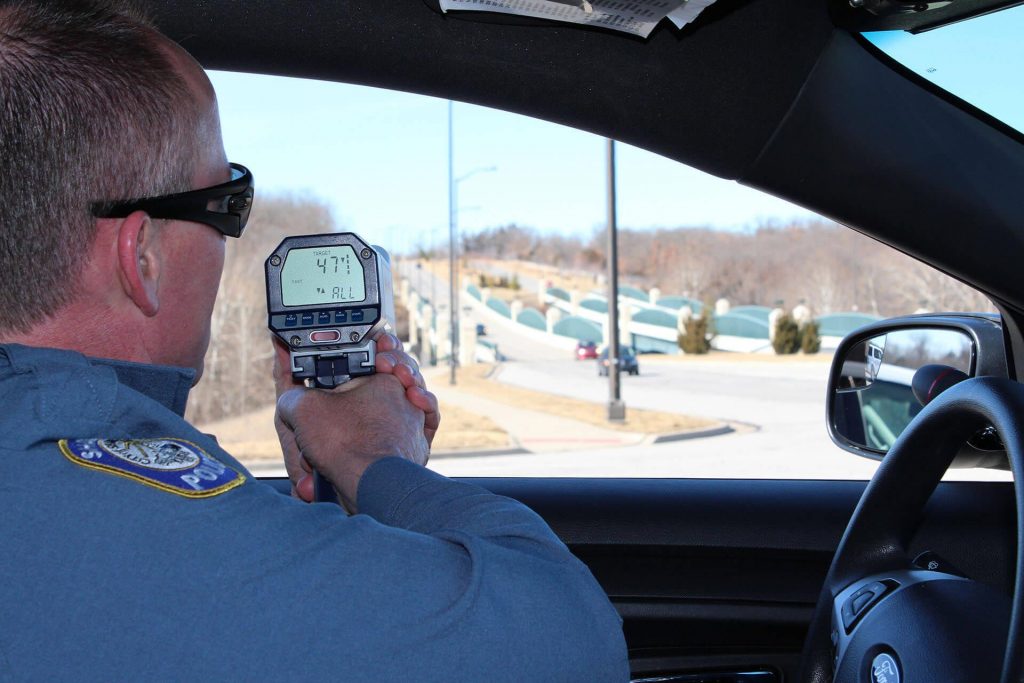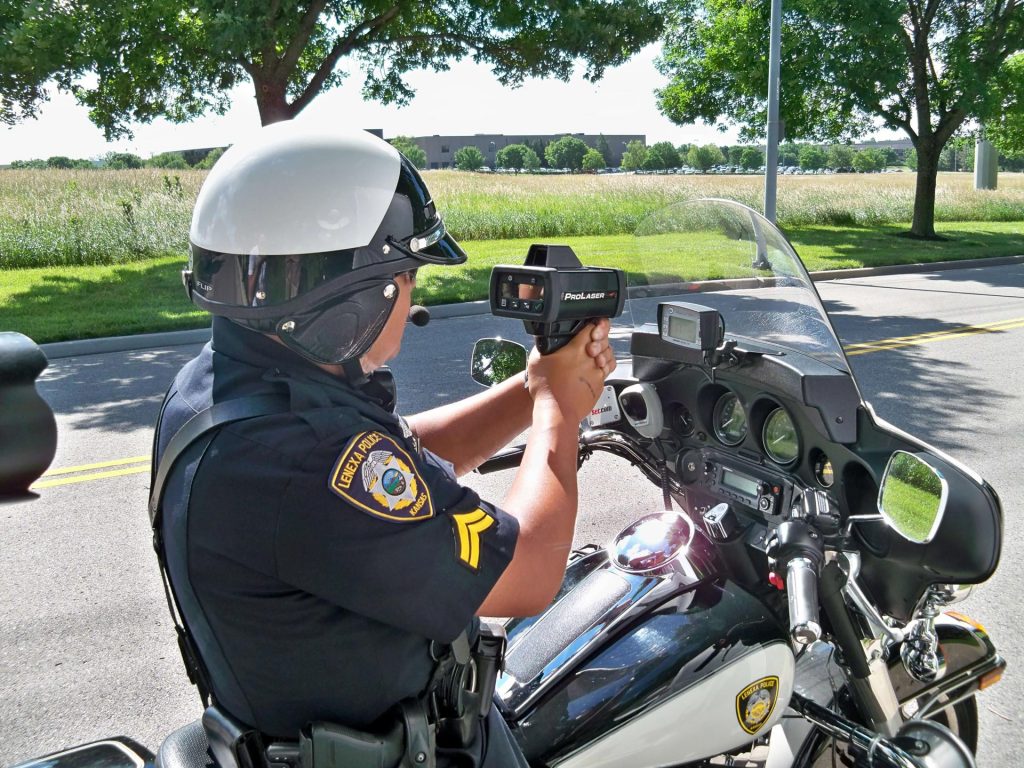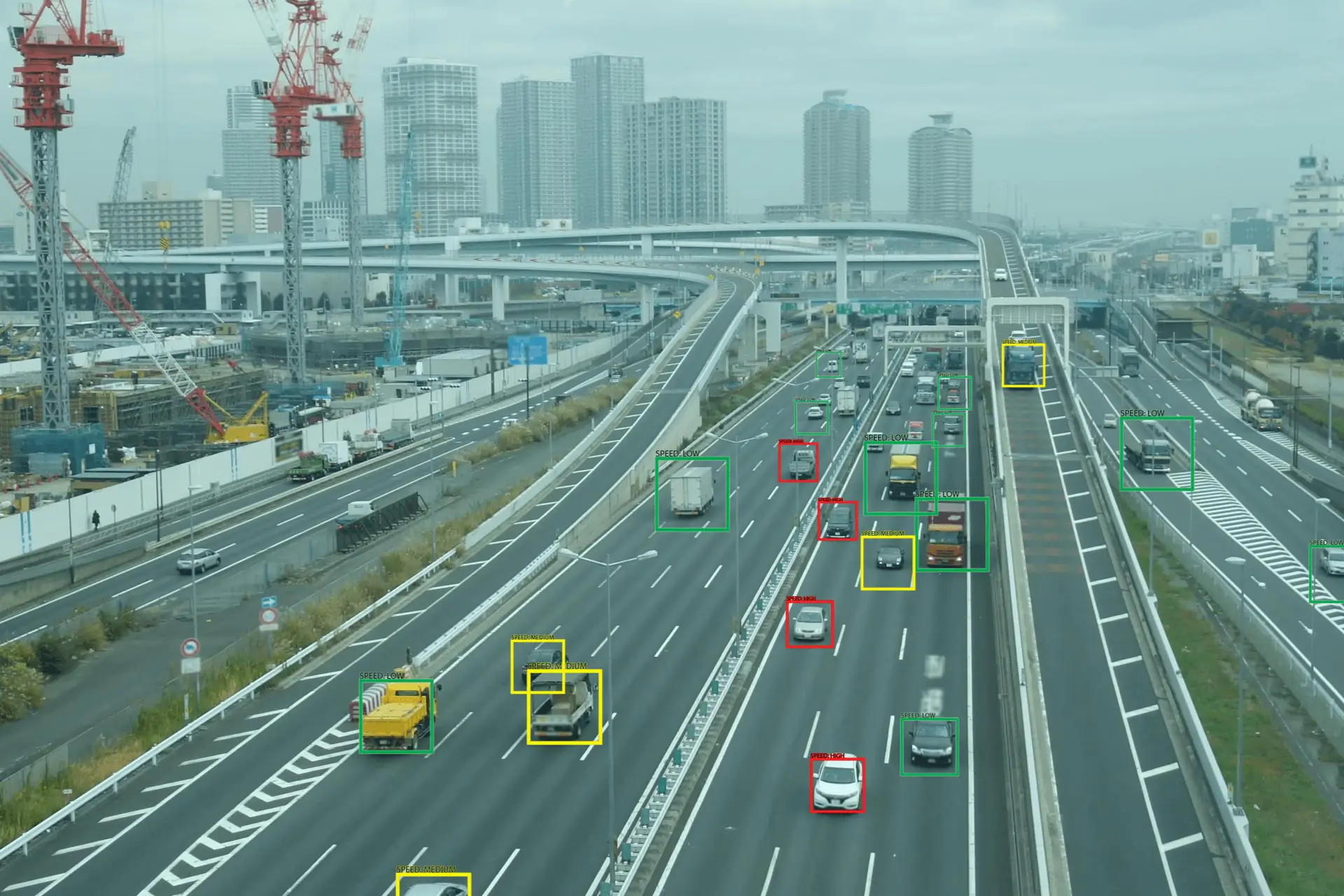Both RADAR and LiDAR have been around for quite a while now, and both have found their way into law enforcement as practical tools for measuring the speed of moving vehicles. But even if the two technologies are being used for the same purpose, the way they perform their task is different.
As new ways of using existing technology come up, such as in self-driving cars, the differences between RADAR and LiDAR have become more apparent. So, what makes each one so unique, and how does that influence performance?
Let’s look at how each of these technologies works to understand better which one suits your agency’s needs!
RADAR

RADAR, which stands for radio detection and ranging, calculates the distance between an object and itself by emitting a wave and calculating the time it takes to return to the source.
Although initially devised during the late 1880s, it wasn’t until the 1930s that serious research and development into RADAR technology came to be, mainly fueled by World War II. Law enforcement agencies used RADAR for the first time for speed control in 1947 in Connecticut. Since then, RADAR has been adopted by most police departments everywhere to keep roads safe.
RADAR speed guns are accurate, easy to use, and very reliable. But they also emit broad waves, meaning they are exhaustive by nature. Because of this, RADAR speed guns are more effective when used on roads with low traffic or even deserted highways, but not so much on crowded city streets, where waves will inevitably bounce off of many cars.
Still, RADAR offers benefits that aren’t easily beat, such as consistent performance in any weather condition, wavelengths with enough power to cover long distances, and a low cost.
LiDAR

LiDAR stands for light detection and ranging and, as you may guess, works in a very similar fashion to RADAR but employs a laser: it measures distances to objects by calculating the time it takes for the light pulse to return to the source.
Early attempts to use light pulses for measuring distances date back to the 1930s, but only after the invention of lasers did research into LiDAR progress. In the 1960s, the aerospace industry started implementing LiDAR systems, and in the 1970s, NASA followed suit.
LiDAR speed guns provide great accuracy even in heavy traffic thanks to narrow light pulses, letting officers target specific vehicles. Reliable and easy to use, LiDAR speed guns have continued to gain popularity since the 1990s.
But even though LiDAR offers unmatched accuracy, many different elements can affect its performance, such as bad weather and long distances.
Which one is better at detecting objects?
The answer depends entirely on the situation. Both are great at detecting objects and the speed at which they are moving, but their performance depends on external factors. Officers should continually evaluate the situation to know what tool to use to get the best possible results.
This article was brought to you by Kustom Signals, a leading provider of law enforcement, speed enforcement, and video solutions.

